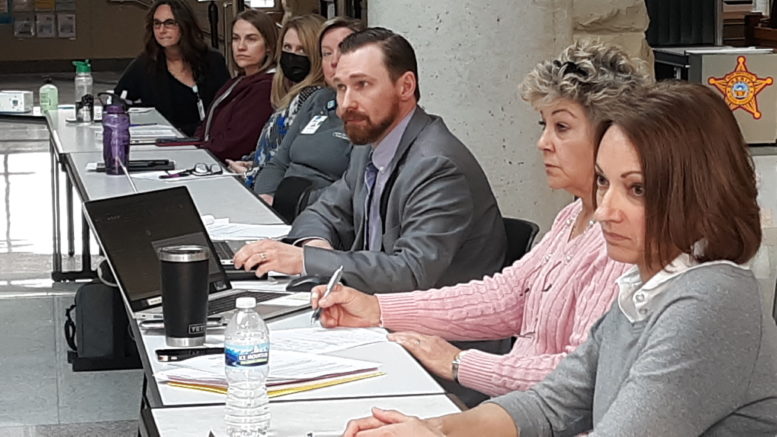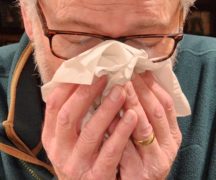By JAN LARSON McLAUGHLIN
BG Independent News
As Wood County emerges from the cloud of COVID-19, some other public health concerns are coming into focus.
In March, the results of a community health assessment revealed some troubling trends among local residents. Wood County Health Commissioner Ben Robison told the board of health earlier this month that three priorities have emerged.
- Mental health and addiction.
- Chronic disease.
- Social wellness.
While the first two on the list are also state public health priorities, the social wellness focus is an issue identified by Wood County officials.
“It’s the community connections and social fabric that help us feel connected to one another,” Robison said after the health board meeting.
During the height of COVID, that social fabric became frayed as priorities shifted to the pandemic.
“This is something we’re understanding is important for the health of the community,” Robison said.
“We need to really recover from the last two years,” he said. “We need to reknit some of the things that frayed.”
Like much of the nation, Wood County has seen COVID cases drop, Robison said.
“The risk in our county remains low,” he said. “This is really a good sign.”
And that will allow the Wood County Health Department and its partners to pursue other public health issues that have been put on the back burner the last couple years.
The Community Health Assessment results released last month identified the top issues faced by local residents. The survey is conducted every three years by the Wood County Health Department and Wood County Hospital to analyze health trends and identify health needs.
The surveys were mailed out to 2,000 adults, and 5,000 parents of children under age 12 – along with $2 bills as an incentive for local residents to fill them out and mail them back. The youth surveys were conducted in sixth through 12th grades in local schools.
“This is a chance for us to really return to the work that defines the health department – beyond the pandemic,” Robison said last month.
Following are some results addressing mental health and chronic disease issues in the health assessments:
Mental health
- 3% of adults reported attempting suicide in the past year.
- Adults indicated the following caused them anxiety, stress or depression: Current world events or political environment (49%), job stress (48%), COVID-19 pandemic (46%), financial stress (37%), death of close family member or friend (22%), social media (16%), marital/dating relationship (16%), other stress at home (16%), poverty/no money (15%), sick family member (13%).
- 29% of youth reported they felt so sad or hopeless almost every day for two weeks or more in a row, that they stopped doing some usual activities. That number increased to 36% for females.
- 14% of youth reported they had seriously considered attempting suicide in the past year.
- 5% of Wood County youth had attempted suicide in the past year.
- Wood County youth reported the following caused them anxiety, stress or depression: Academic success (48%), self image (36%), sports (33%), fighting with friends (30%), death of a close family member or friend (27%), peer pressure (26%), other stress at home (24%), COVID-19 (24%), fighting at home (20%), social media (18%).
Chronic disease
- 30% of adults were diagnosed with high blood pressure or high cholesterol.
- 11% of adults were diagnosed with cancer at some point in their lives, increasing to 28% of those over age 65.
- 31% of adults had been diagnosed with arthritis.
- 10% of adults had been diagnosed with asthma.
- 8% of adults were diagnosed with diabetes, increasing to 20% of those over age 65.
In other business earlier this month, the health board voted to increase its funding for NetPlus from $12,000 to $18,000 a year. NetPlus provides free transportation to medical visits for Wood County residents in need.
The program is experiencing increased demands and increased costs for gas.
“I think we’re going to continue to see this grow,” said board member Richard Strow.





